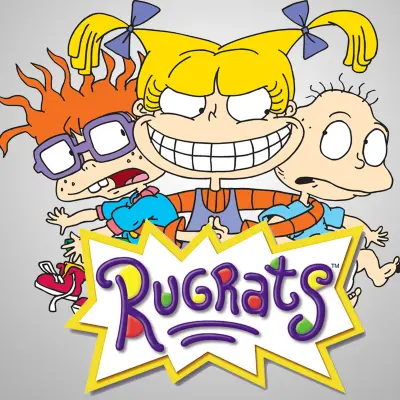Nicktoons turns 30: How the animated Nickelodeon kids' block captured the early 1990s adolescent zeitgeist by outmaneuvering Disney
-

Visionary Nickelodeon president Geraldine Laybourne believed that the key to Nickelodeon building an identity of its own would be original animation, says Charles Bramesco. "When the freshman class of Nicktoons made their grand debut thirty years ago today on August 11, 1991, there was a pleasing incidental logic to the way they comprised a demographical family unit," says Bramesco. "If the first three series were siblings, that makes the baby Rugrats, which chronicled the imagination-fueled adventures that a gaggle of toddlers had whenever the ‘growed-ups’ weren’t looking. The middle child was Doug, pitched to tweens like its mild-mannered protagonist and alter ego of underwear-clad superhero Quailman, who was also dealing with universal issues of bullying, mood swings, and crushes. And as the burnout eldest brother somewhere between barely graduating high school and dropping out of college, there was the giddily gross The Ren and Stimpy Show, a knowing bid to secure the post-pubescent set featuring a sociopathic chihuahua and an idiot cat. As an early promo touted, 'You won’t find them in Never Neverland. They’re not squishy and sweet, and they don’t make you go goo-galoo. They’re the Nicktoons!' This miniature animation renaissance captured the moment’s zeitgeist to an extent that the polite old hat of Disney or Hanna-Barbera no longer could, each trailblazing show oriented in its own way around the truisms that kids like making a mess and engaging in light hooliganism. This would be expressed as text on some occasions, as in the Rugrats pilot that climaxes with a chain reaction of sloppy, sticky chaos in the home, a frequent occurrence around the Pickles residence. Ren and Stimpy moved through their demented universe as pure forces of untamable destruction, nothing but trouble for the two-legged horse, amphibious stand-up comic, and caricatured Scotsman in their neighborhood. The sloganeering of Chuck E. Cheese comes to mind, as a place where 'a kid can be a kid.' But that spirit of lamp-breaking, slime-pouring rambunctiousness would be articulated more holistically through the off-kilter aesthetics, Laybourne having encouraged each showrunner to cultivate a distinct look instead of adhering to a uniform house style."
ALSO:
TOPICS: Rugrats, Nickelodeon, Nicktoons, Doug, The Ren & Stimpy Show, Retro TV
More Rugrats on Primetimer:
